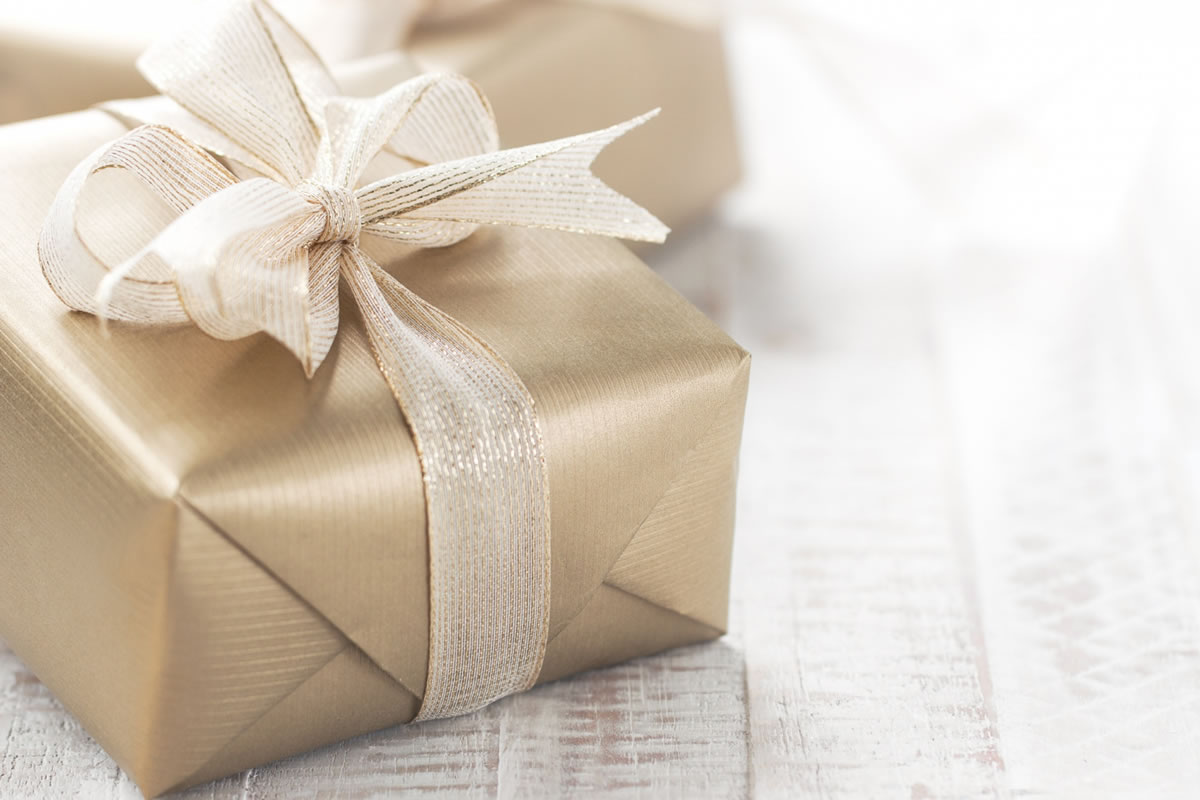Uncategorized
Things to Know About Gift Wrapping
Gift wrapping is joyful and essential for many occasions, but there are the environmental expenses like resource extraction, manufacturing, and waste disposal to be considered. Nevertheless, you can make attractive gift wrap by reusing paper, fabrics, or even the Sunday comics. If you favor purchasing gift wrap, look for recycled giftwrap in Orlando when you can find it to manage your environmental footprint.
The environmental price of gift wrap
Every holiday season, Americans use more than four million tons of gift wrap and shopping bags. That’s nearly 6,000 football fields worth of paper or more than 30 million trees annually. Add in the wrapping paper utilized in the UK, mainland Europe, Canada, and the remainder of the world, and you have tons of waste.
Gift wrapping psychology
Individuals didn’t always wrap gifts, though the practice has been around for a long time. So why do we demand to hide presents when they’re only going to be ripped open, usually within hours of wrapping them in the first place?
A now prominent study printed in the Journal of Consumer Psychology in the early 1990s examined our relationship to gift wrap and its impacts on our moods. The outcomes are fascinating for any gift-giver: evidently, accepting a gift wrapped in lovely paper and bows cues us to feel cheerful. This happy sensation positively affects our images of whatever is inside, making us more inclined to appreciate what we get.
If just wrapping a gift can make somebody more likely to appreciate our gift, we’re likely going to maintain the practice. But are there other options for creating and throwing away tons of paper, bows, and tape yearly?
The issue with recycling gift wrap
While some municipalities will take plain wrapping paper in their collection bins, many won’t. There are several reasons for this.
Much of the gift wrap we purchase contains non-paper elements like metallic colored forms, plastics, glitter, or even velvet. Separating these is almost incomprehensible and not cost-effective.
Many gift wraps include intense dyes that are hard to filter out during recycling. In addition, ink reduces the overall output and requires the industry to employ added chemicals to extract it.
Wrapping paper is frequently made from thin, poor-quality paper that lacks sufficient fibers to reclaim properly. This includes tissue paper; while it is usually free of metallic inks and dyes, tissue is so thin that you can’t recycle it into paper again. Cardboard comprises nearly 70% of the recycled paper demand because its significant fiber content provides manufacturers with something to work with. As a result, only a trace of wrapping paper is ever reclaimed.
Tape, gift bags, ribbon
These materials introduce their own issues. Practically none can be reclaimed, though you can reuse some. Gift bags typically include non-paper materials, while numerous ribbons are constructed from plastic or plasticized material.
In recent years, new developments have emerged on the market with content that’s 100% recyclable (and, in many cases, recycled). If you feel that nothing else will work, consider wrapping paper published on renewable newsprint with plant-based inks. In many sites, these can go in with your newspaper recycling, though it’s smart to check with your local city before you purchase.
These are a few things you should know about gift wrapping. Visit our site for giftwrap in Orlando. We have many options and styles to choose from.

